When it comes to brewing coffee, you may find that sometimes your recipes let you down! It's not because you're doing anything wrong (unless it is!) Likely, it's because coffee is more complex than it is simple and you may need to look past your recipe.
First, start by getting to know the 4 basics of better coffee brewing. These simple tips can be applied to any brew method for a superior cup of coffee.
If after trying these tips your tastebuds are still underwhelmed with your coffee, you can jump down the coffee rabbit hole and play with endless variables to nail your brew!
First, start by getting to know the 4 basics of better coffee brewing. These simple tips can be applied to any brew method for a superior cup of coffee.
If after trying these tips your tastebuds are still underwhelmed with your coffee, you can jump down the coffee rabbit hole and play with endless variables to nail your brew!
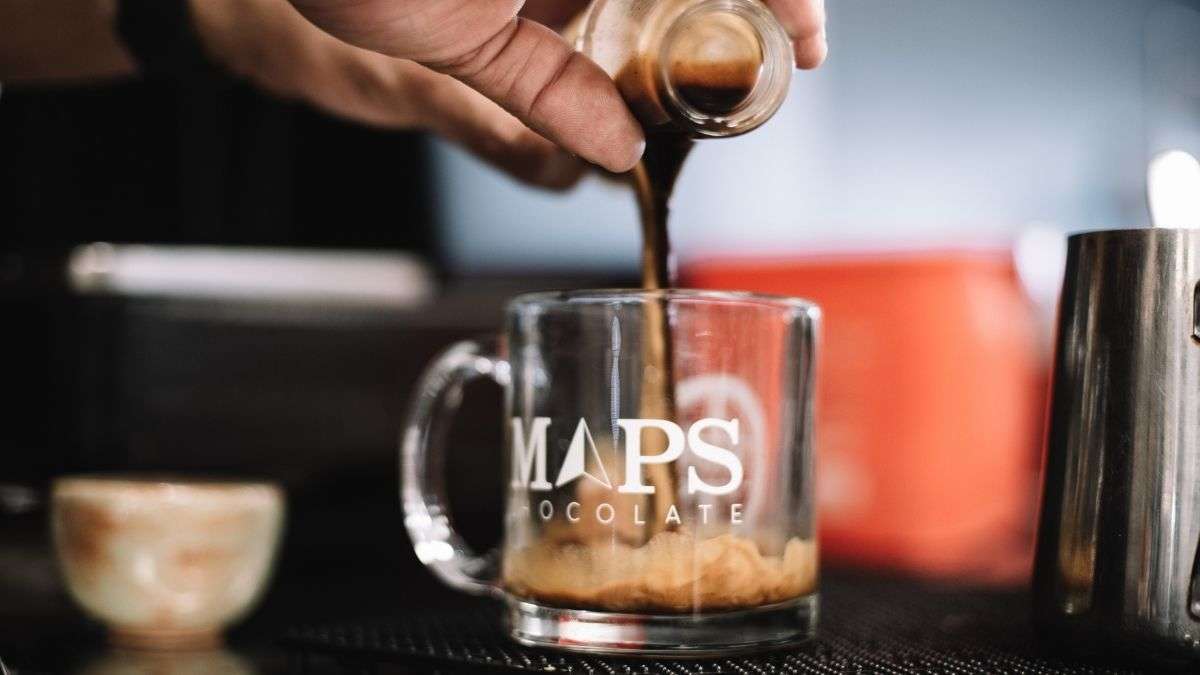
THE SWEET SPOT
If you're looking for the coffee flavor sweet spot as you brew, it helps to know what you're actually looking for!
As coffee extracts, it works its way through a few flavor profiles in a predictable manner. An extraction starts salty, moves through sour, sweet, and bitter flavors, and if it continues too long takes on undesirable plant and organic flavors.
As coffee extracts, it works its way through a few flavor profiles in a predictable manner. An extraction starts salty, moves through sour, sweet, and bitter flavors, and if it continues too long takes on undesirable plant and organic flavors.
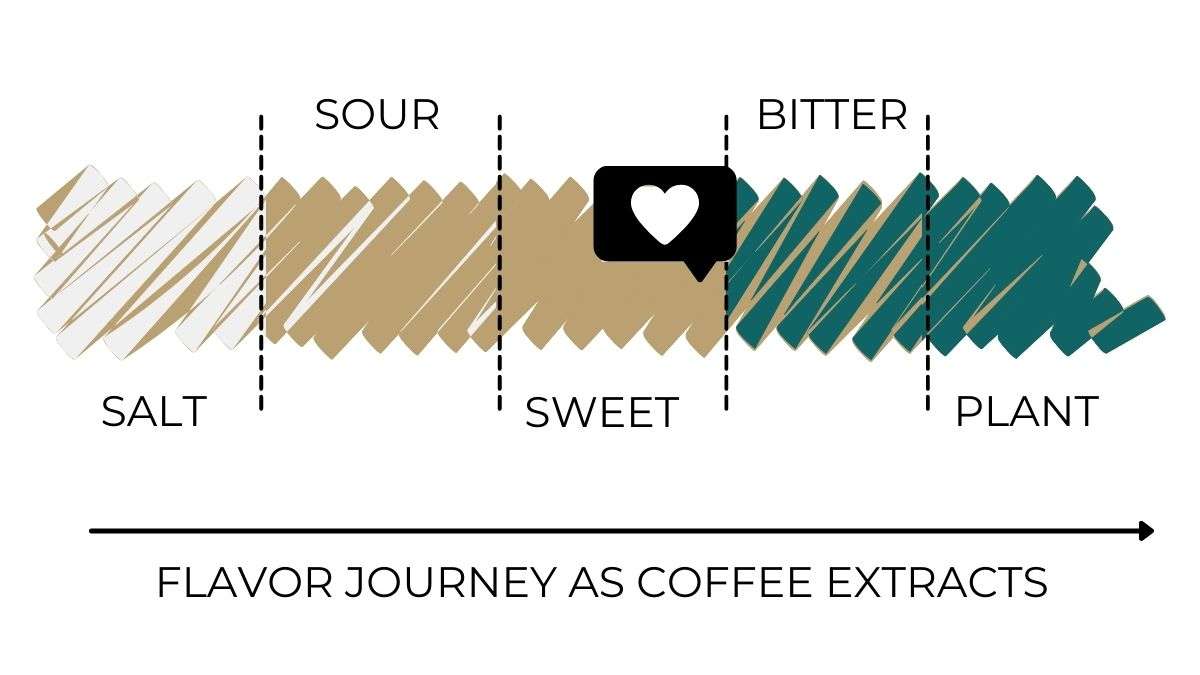
VARIABLES THAT AFFECT FLAVOR
Now that you know where the sweet spot is, it is important to learn what variables you can tweak to get you there!
GRIND
Grind size affects the speed of a coffee extraction. With coffee grounds, think of a coarse grind as pebbles and a fine grind as sand. Water moves more quickly through pebbles than sand.
RATIO
When brewing coffee, you need the right ratio of grounds to water for your brew method, beans, and flavor preference. If your ratio is off, you are likely to end up with over or under extracted coffee.
TIME
Time can be a result of grind size and ratio in some brew methods, in others it is a controllable variable (ie the Clever Dripper, Aeropress, etc.) Adjusting the time adjusts the extraction.
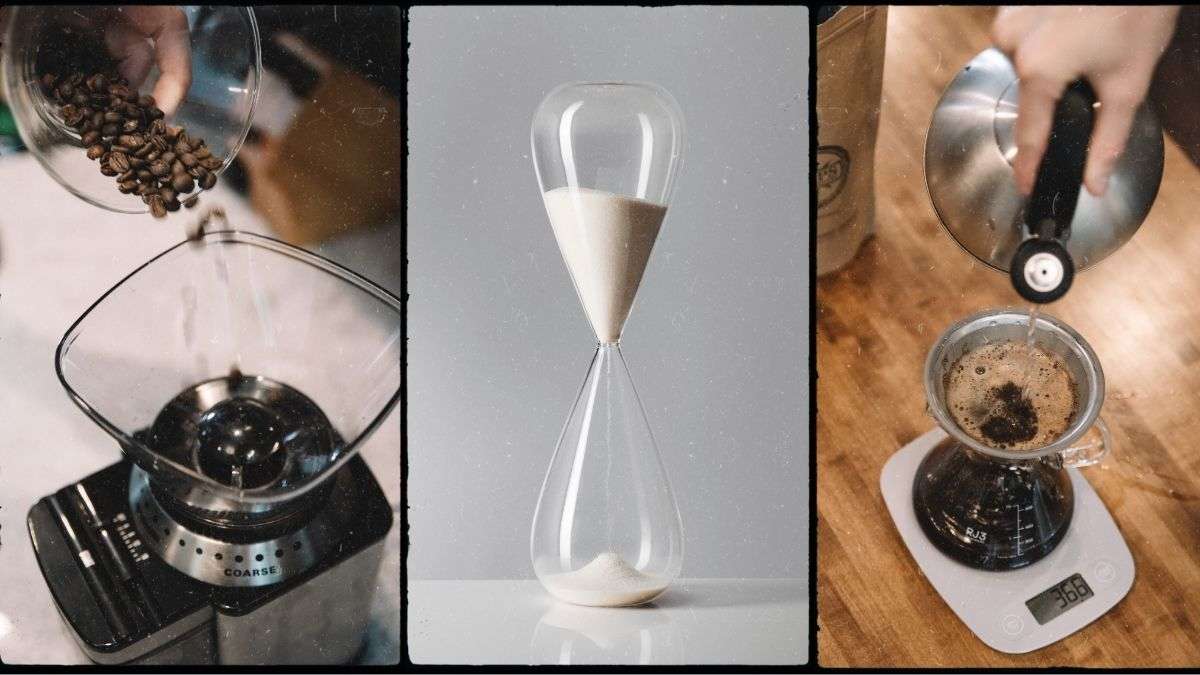
ADJUSTING YOUR VARIABLES
As you brew your coffee, keep track of the time, ratio, and grind size of your brew. That way, you have a starting point you can reference as you taste.
Too salty? To bitter? Simple adjustments can bring you closer to the sweet spot, but knowing where you started from is the first step.
From there, assess the flavor of your cup, decide where you want the flavor to go, and adjust a key variable accordingly!
Too salty? To bitter? Simple adjustments can bring you closer to the sweet spot, but knowing where you started from is the first step.
From there, assess the flavor of your cup, decide where you want the flavor to go, and adjust a key variable accordingly!
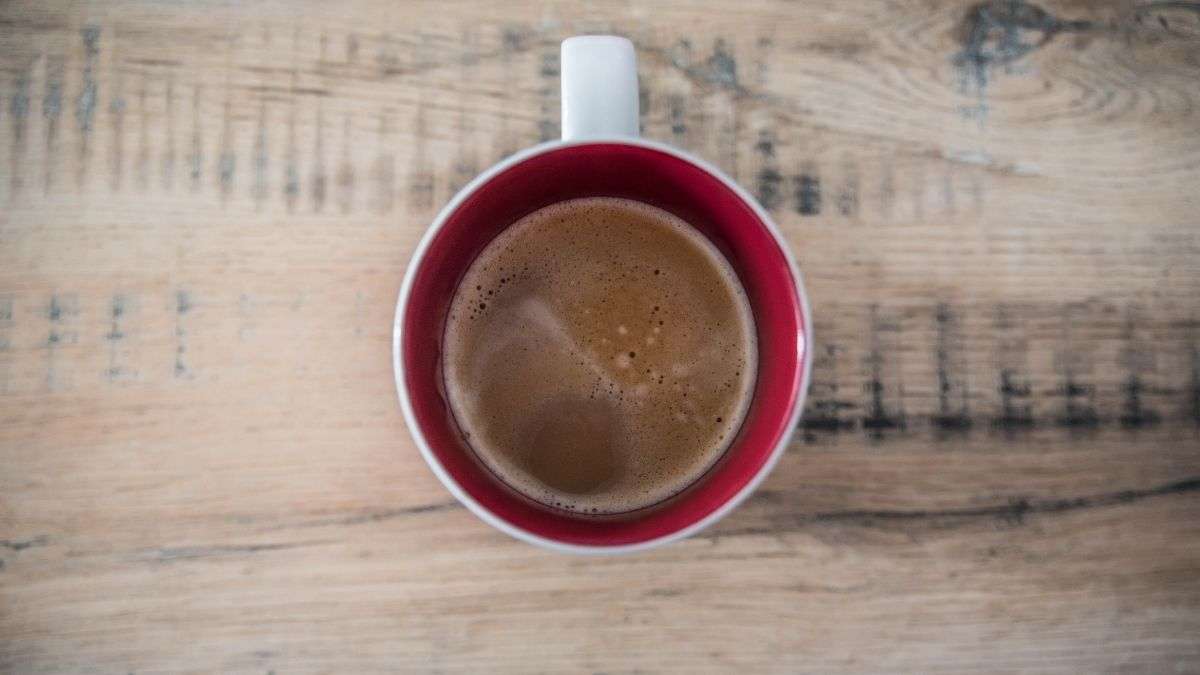
IS YOUR CUP SOUR?
This means your coffee could be under extracted! Change the following variables to extend your extraction time and get your brew closer to the sweet spot.
GRIND
Make your grind more fine, which will slow the extraction.
TIME
Extend your brew time for a longer extraction.
RATIO
Increase the amount of grounds to slow down the overall extraction time and the surface area of extractable coffee.
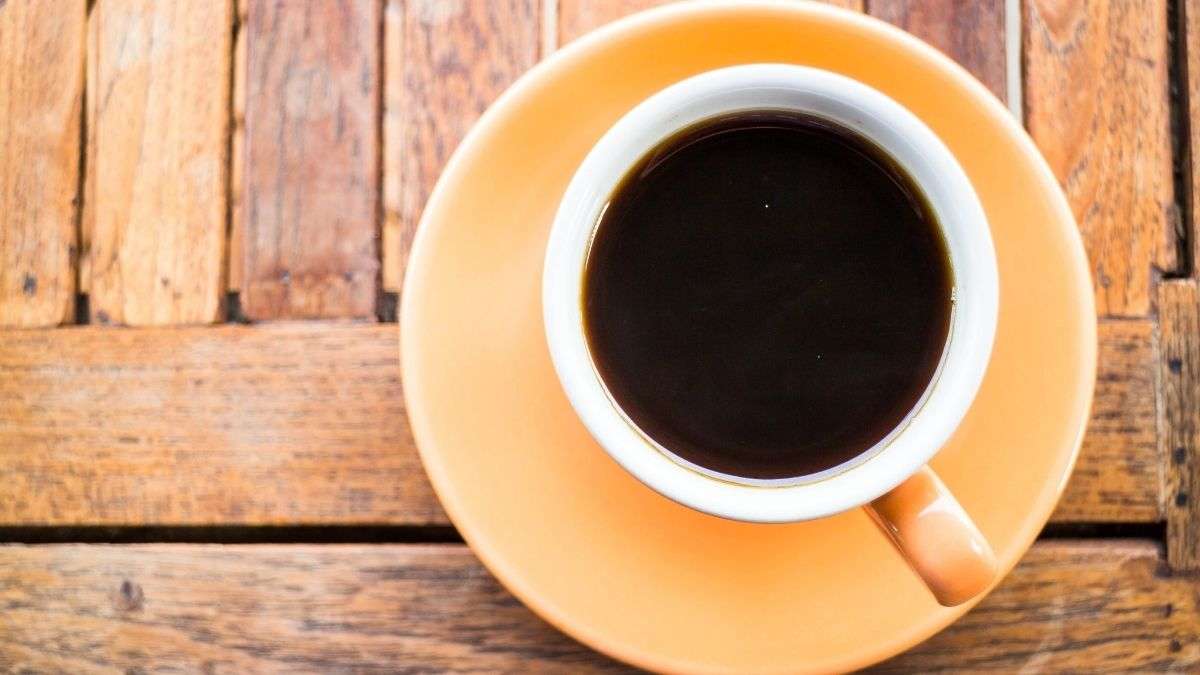
IS YOUR CUP BITTER?
This means your coffee could be over extracted! Change the following variables to speed up your extraction time and get your brew closer to the sweet spot.
GRIND
Make your grind more coarse, which will speed the extraction.
TIME
Shorten your brew time for a shorter extraction.
RATIO
Decrease the amount of grounds or increase the amount of water to reduce the extractable coffee surface area to liquid ratio.
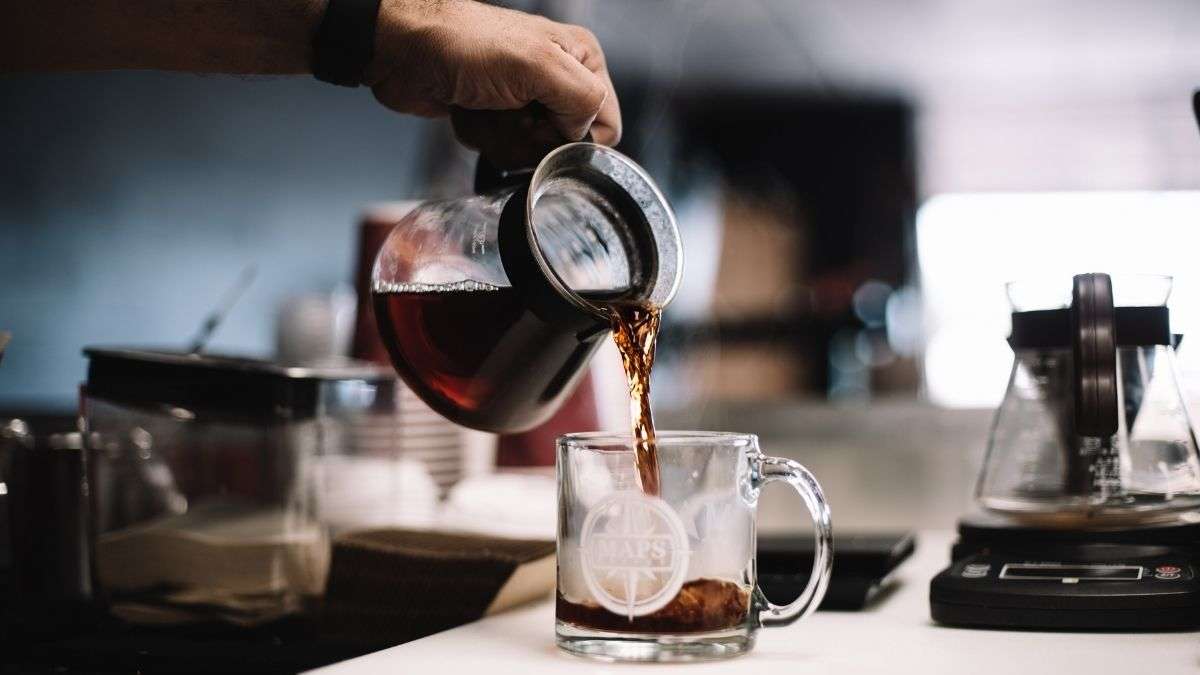
OTHER VARIABLES TO TRY
If you want to go further down the rabbit hole, or adjusting the grind, time, and ratio isn't getting you where you want with your coffee, try adjusting one of the following variables:
TAMP
If you're working with espresso shots or any other brew method that requires you to tamp your bed of coffee, the compactness of your coffee grounds can speed up or slow down the extraction of your coffee.
FLOW RATE
The speed of the release of water in all brew methods can affect several other variables (channeling, extraction time, etc.), so work toward a consistent flow rate as you pour.
PRESSURE
If you're interested in a richer cup of coffee that has a creamy crema, you'll need 9 bars of pressure to pull an espresso shot. Want a cleaner cup? A daintier filter roast will fit the bill.
CHANNELING
Evenly distribute your grinds in your bed of coffee and avoid clumps. Water takes the path of least resistance as it extracts through coffee, so inconsistencies in the bed can cause over and under extraction in different parts of the bed as the water takes a focused channel through the grounds.
TEMPERATURE
The general sweet spot for brewing coffee is between 194° and 214°, but the flavor can change depending on which part of that range your water is when you brew. If you want to sweeten your coffee, brew at the hotter end of the temperature range. Want to introduce more acidity? Brew at the cooler edge of the range. You may also notice your coffee's flavor changing as it cools, so enjoy your coffee at the temperature you enjoy the most!
AGITATION
Consistently stirring or not stirring your coffee grounds as they brew can adjust the way the coffee extracts! Play around with different techniques.
BEAN TYPE
Single origin, blend, process style, cupping score, terroir, varietal, fermentation, age - all of these elements can affect the flavor of a coffee. If you are working with a bean that is naturally more acidic, you'll want to adjust variables that introduce more sweetness. If you have beans with a richer, nuttier flavor, embrace them with an espresso shot or contrast them with a clean Chemex brew.
ROAST STYLE
Lightly roasted coffees taste differently than darker roasted coffees. If no amount of tweaking has gotten your coffee tasting strong enough for you, you may be looking for the flavor of a darker roast! If you're wanting to taste some juicier fruit, make sure your coffee isn't roasted too dark as it will be harder to get your brew method to pull fruit out of the beans.
SKILL
This is perhaps the most infuriating and empowering variable of them all. Your skill level is the hardest variable to control, but it is also fun to work on and consistently improves. Keep track of your recipes and your variable tweakage as you journey through coffee brewing, and your taste buds and skill set will refine along the way. You have the potential to be your own best barista!
TAMP
If you're working with espresso shots or any other brew method that requires you to tamp your bed of coffee, the compactness of your coffee grounds can speed up or slow down the extraction of your coffee.
FLOW RATE
The speed of the release of water in all brew methods can affect several other variables (channeling, extraction time, etc.), so work toward a consistent flow rate as you pour.
PRESSURE
If you're interested in a richer cup of coffee that has a creamy crema, you'll need 9 bars of pressure to pull an espresso shot. Want a cleaner cup? A daintier filter roast will fit the bill.
CHANNELING
Evenly distribute your grinds in your bed of coffee and avoid clumps. Water takes the path of least resistance as it extracts through coffee, so inconsistencies in the bed can cause over and under extraction in different parts of the bed as the water takes a focused channel through the grounds.
TEMPERATURE
The general sweet spot for brewing coffee is between 194° and 214°, but the flavor can change depending on which part of that range your water is when you brew. If you want to sweeten your coffee, brew at the hotter end of the temperature range. Want to introduce more acidity? Brew at the cooler edge of the range. You may also notice your coffee's flavor changing as it cools, so enjoy your coffee at the temperature you enjoy the most!
AGITATION
Consistently stirring or not stirring your coffee grounds as they brew can adjust the way the coffee extracts! Play around with different techniques.
BEAN TYPE
Single origin, blend, process style, cupping score, terroir, varietal, fermentation, age - all of these elements can affect the flavor of a coffee. If you are working with a bean that is naturally more acidic, you'll want to adjust variables that introduce more sweetness. If you have beans with a richer, nuttier flavor, embrace them with an espresso shot or contrast them with a clean Chemex brew.
ROAST STYLE
Lightly roasted coffees taste differently than darker roasted coffees. If no amount of tweaking has gotten your coffee tasting strong enough for you, you may be looking for the flavor of a darker roast! If you're wanting to taste some juicier fruit, make sure your coffee isn't roasted too dark as it will be harder to get your brew method to pull fruit out of the beans.
SKILL
This is perhaps the most infuriating and empowering variable of them all. Your skill level is the hardest variable to control, but it is also fun to work on and consistently improves. Keep track of your recipes and your variable tweakage as you journey through coffee brewing, and your taste buds and skill set will refine along the way. You have the potential to be your own best barista!
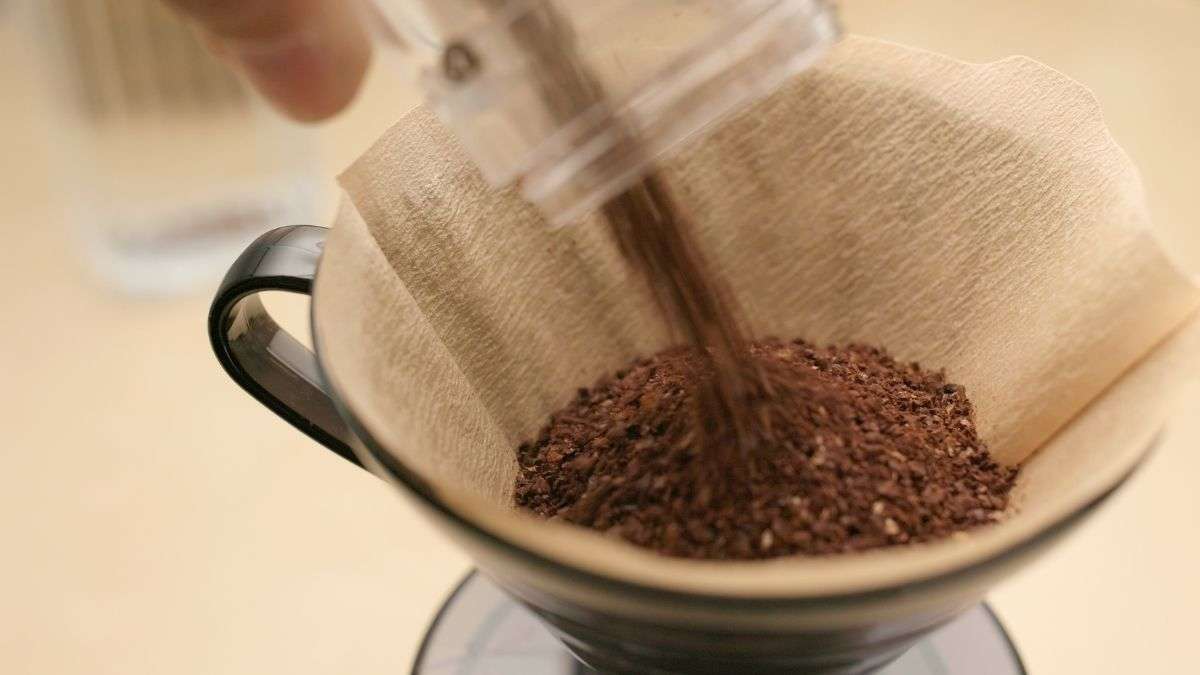
MOST IMPORTANT TIP: KEEP IT SIMPLE
It doesn't matter where you are in your coffee journey, do not tackle too many variables at once. The best way to chisel out your perfect coffee recipe is to adjust one variable at a time.
Knowing where you are starting from and adjusting slowly (one grind setting or half a gram of coffee at a time) will make it easier for you to know which technique improves your brew! It also keeps you from getting overwhelmed. It's a-ok to nerd out on coffee, but it should also stay fun.
So, in that vein, let's actually revise that last important tip: Keep it simple, and enjoy!
Knowing where you are starting from and adjusting slowly (one grind setting or half a gram of coffee at a time) will make it easier for you to know which technique improves your brew! It also keeps you from getting overwhelmed. It's a-ok to nerd out on coffee, but it should also stay fun.
So, in that vein, let's actually revise that last important tip: Keep it simple, and enjoy!

